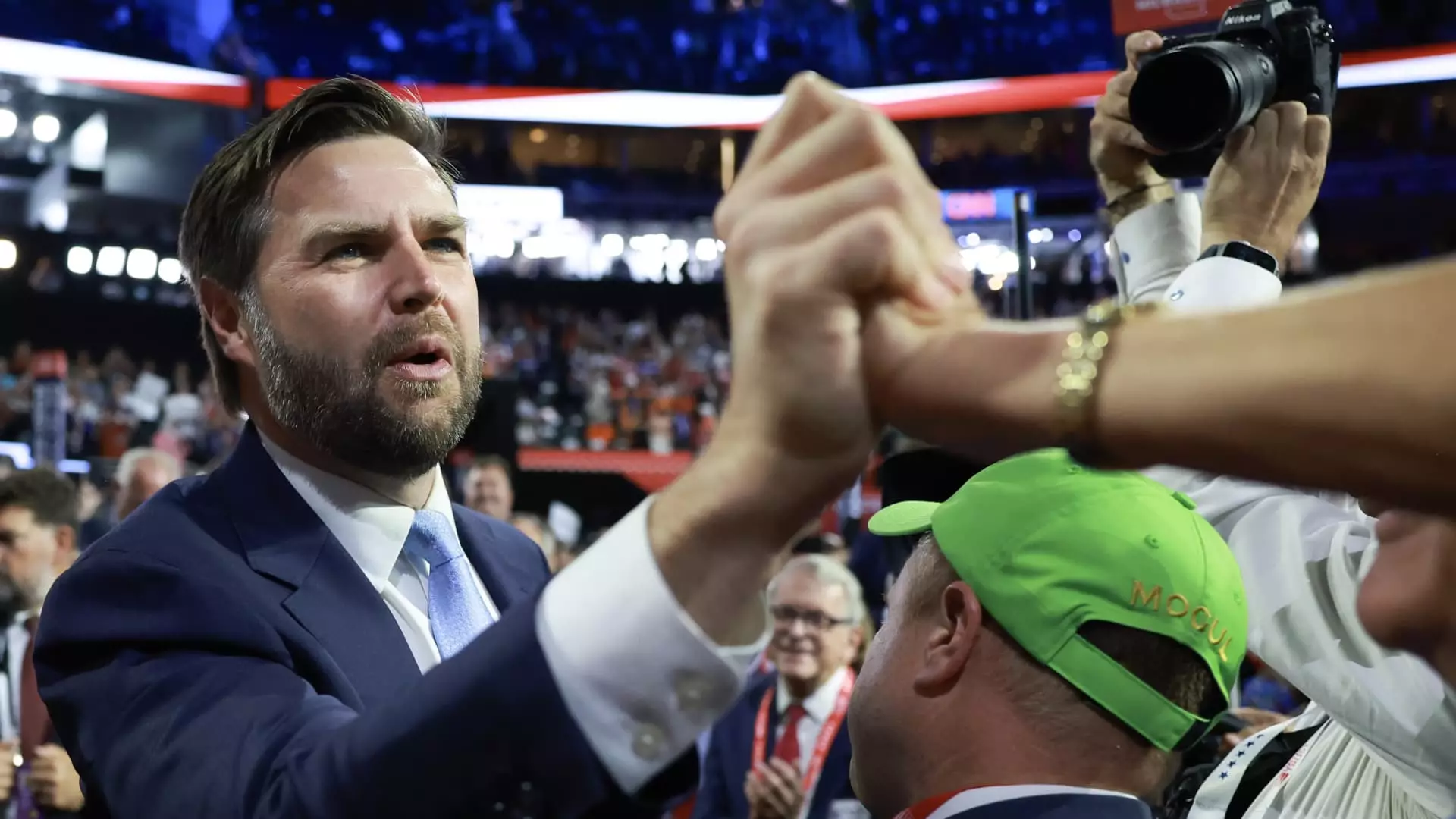Social Security, a program that many Americans rely on for retirement benefits, is facing a looming crisis. The combined trust funds are projected to last only until 2035, at which point 83% of benefits will be payable. However, the fund specifically designated for retirement benefits is set to run out even sooner, in 2033, when only 79% of benefits will be payable. This raises questions about the sustainability of the program and the need for urgent action to address the financial challenges it is facing.
The upcoming White House administration will play a crucial role in shaping the future of Social Security. Both President Joe Biden and former President Donald Trump have expressed their commitment to not touch benefits, although Trump hinted at potential cuts in a CNBC interview. With the 2024 presidential race featuring some of the oldest candidates, including Biden and Trump, the issue of Social Security is particularly relevant. Trump’s pick for vice president, Republican Sen. JD Vance, adds another perspective to the debate, with experts expressing concerns about his stance on Social Security and Medicare.
While Vance has stated that he does not support cuts to Social Security or Medicare, there are conflicting opinions on whether his previous comments align with this position. On the other hand, the National Committee has endorsed Biden for the 2024 race and supports plans for Social Security that include additional taxes on wealthy individuals. Harris, as a senator for California, has also backed similar reforms to strengthen Social Security. The contrast in approaches by Democrats and Republicans underscores the complexity of Social Security reform.
Addressing the challenges facing Social Security will likely require a combination of changes. While Democrats advocate for taxing the wealthy to fund the program and expanding benefits, Republicans are opposed to tax hikes. Vance has suggested encouraging more people to enter the labor force as a way to bolster Social Security, although experts question the feasibility and impact of such a strategy. Ultimately, finding a sustainable solution for Social Security reform remains a pressing issue that will need to be addressed by the next administration.
Looking ahead, the future of Social Security remains uncertain. Despite the promises made by political candidates to protect earned benefits, the fundamental funding gap in the program persists. The lack of a comprehensive plan to address these challenges raises concerns about the long-term viability of Social Security. As the nation approaches 2029, the need for decisive action on Social Security reform will become increasingly urgent. The incoming president, whether it be Vance, Harris, or another candidate, will face the daunting task of navigating the complex landscape of Social Security and ensuring its sustainability for future generations.

